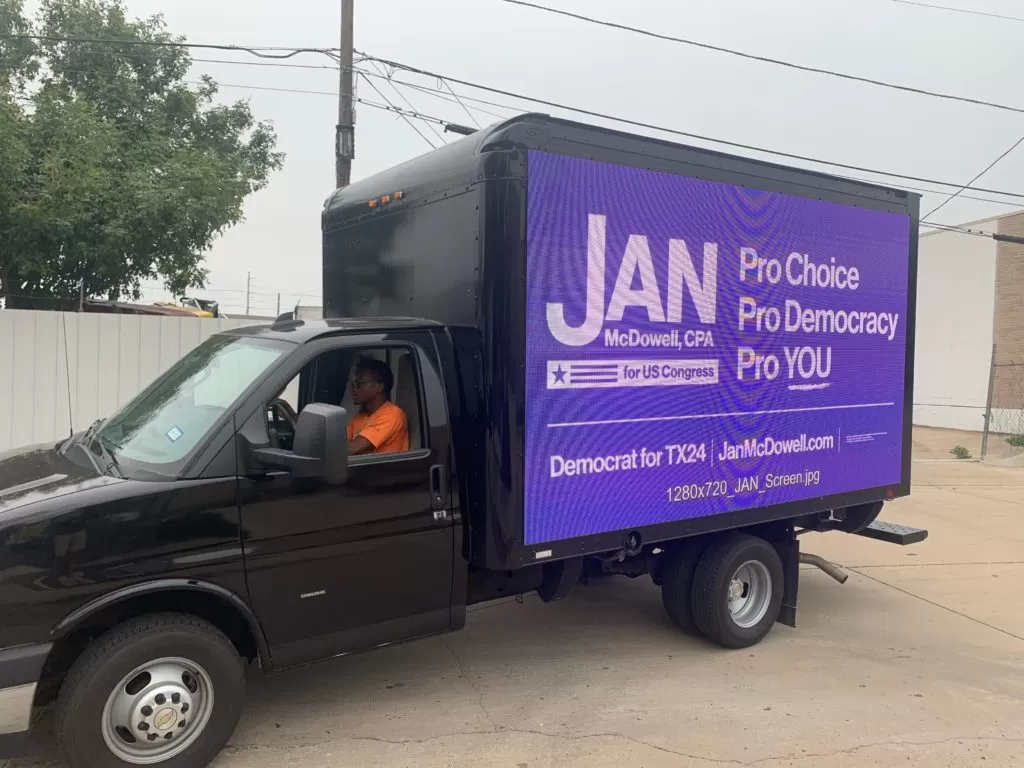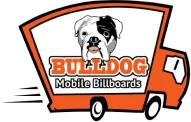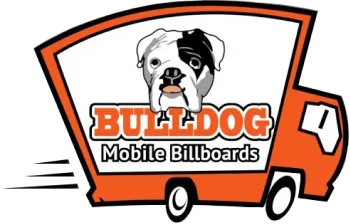In advertising, billboards are prominent structures designed to catch the eye of people on the move. The impact of a billboard largely depends on its size, which plays a role in determining how visible and effective it is.
Different standard billboard sizes cater to locations and advertising requirements from highways to busy urban streets. This article shows the specifics of billboard dimensions covering both digital formats emphasizing the importance of comprehending these sizes when crafting outdoor ad campaigns.
Exploring Billboard Dimensions
Taking a look at the world of advertising let’s examine the key formats that dominate this space; Bulletins, posters, and digital billboards. Bulletins are among the sizes for billboards typically measuring 14 feet tall by 48 feet wide. These massive displays demand attention along roads making them perfect for reaching campaigns such as new product launches or brand promotions.
Posters provide a scale of around 10 feet by 22 feet allowing for detailed messages and closer engagement with viewers. Positioned in suburban areas, they strike a balance between large-scale visibility and nuanced communication.
Digital billboards, known for their versatility, within the billboard family come in sizes that often resemble bulletin dimensions. Their digital format allows for sizing options giving advertisers flexibility to tailor their messages to specific audiences.
Related Blog: What Is Programmatic OOH? A Beginner’s Guide to Outdoor Digital Advertising
The Influence of Billboard Size on Visibility
The size of a billboard plays a role in its visibility and overall effectiveness as an advertising platform. A larger billboard can capture attention from a distance allowing time for drivers and passengers to engage with the advertisement. This enhanced visibility is crucial for conveying your message and maximizing the impact of your advertising investment.
Choosing the Right Billboard Size
Selecting the right standard billboard size involves a tough decision-making process influenced by factors such as the nature of your message, the location of the billboard, and your campaign objectives. Imagine your advertisement elements—the headline, visuals, and call to action—as actors on a stage. The size of the billboard determines how well these components can communicate your message.
A visual or intricate message may require a billboard, for clear communication while a bold and concise message could be effectively delivered on a smaller scale. The key is to avoid clutter and make sure your message is easily understood quickly.
Related Blog: Choosing the Perfect Spots for Billboard Advertising Success
Consider Location and Budget Factors
The location of your billboard is a factor in determining the suitable size. Larger billboards are ideal for high-speed areas where visibility from a distance is crucial while smaller ones may work better in pedestrian areas where attention to detail matters.
Budget considerations also play a role in choosing the right standard billboard size. Larger billboards not only incur costs for space but also entail greater expenses for production and installation. Evaluating the cost relative to the impact is essential to create a balance that goes along with your advertising goals.
Design Tips for Billboards
Crafting a design within the constraints of your selected billboard size requires planning. Positioning content within the dimensions of the billboard should focus on maximizing visibility and impact. Important information should be prominently featured, with a clear organization of details to guide the viewer’s attention.
When it comes to text, ensure readability from the viewing distance by following the guideline of one inch of text height for every foot of viewing distance. High-quality images are crucial for maintaining clarity and impact with 300 DPI serving as the standard for billboard visuals.
Specialized Billboard Formats and Compliance
The advertising realm presents specialized billboard formats, each offering dimensions, and potential impact opportunities.
From bus stops to large-scale advertisements on buildings to trucks with billboards these unconventional sizes offer ways to connect with your target audience. However, it’s important to consider design and location factors to make the most of these advertising opportunities.
Following regulations is essential for all types of billboard advertising. Understanding and adhering to restrictions and securing the required permits are steps in ensuring a smooth campaign execution without any legal complications.
Related Blog: What is Lift Analysis and How is it Calculated?
Mobile Billboard Trucks and Digital Mobile Billboard Truck Sizes

Another take on billboard advertising involves using mobile billboard trucks. These vehicles bring ads directly to people by driving through city streets and events capturing attention in various event and outdoor settings.
Standard mobile billboard trucks typically have mobile dimensions that strike a balance between visibility and maneuverability in urban areas. Digital mobile billboard trucks take this advertising strategy further by utilizing LED screens enabling dynamic content updates in time tailored for audiences or times of day.
Standard Mobile Billboard Trucks
The typical dimensions for billboards on these trucks are 10 feet tall by 22 feet around 3 meters by 6.7 meters), per side. While some trucks may vary slightly in size this standard dimension is commonly seen on billboards.
Digital Mobile Billboard Trucks
These trucks use LED screens of traditional printed billboards enabling the display of changing advertisements. The sizes of these screens can vary significantly depending on the truck and technology employed. While common dimensions align, with billboards customization options exist to adjust screen size based on campaign requirements and truck design.
Glass Wall Display Trucks
These trucks feature three sides to increase visibility with two sides matching standard mobile billboard dimensions (10 feet by 22 feet) and a rear panel that is usually smaller at around 6 feet high by 6 feet wide.
To maximize the effectiveness of your billboard irrespective of its size, design and content choices play a role. Consider the following strategies;
- Simplicity is Essential: Billboard ads should convey their message quickly and clearly. A simple concise message with whitespace often outperforms a cluttered design.
- Harness the Power of Visuals: Utilize high-quality images and graphics to capture attention and effectively communicate your message. Opt for visuals that align with your brand identity and resonate with your target audience.
- Opt for Contrasting Colors: Contrast enhances readability, from a distance making it easier for viewers to grasp the content displayed.
- Highlight one action you want your audience to take: This could involve directing them to a website encouraging a purchase or simply making them remember your brand.
Related Blog: Understanding Digital Sign Prices: A Simple Buyer’s Guide
Billboards serve as a weapon in the advertiser’s toolkit providing visibility and the opportunity for innovative impactful designs. Whether they are digital or mobile billboards, having an understanding of the common billboard sizes and how they affect visibility is essential for creating outdoor advertising campaigns.
By designing your billboard with an emphasis on simplicity, visual attractiveness, and strategic messaging, you can increase the effectiveness of your investment. In the changing realm of advertising, billboards continue to demonstrate the enduring influence of communication.
Related Blog: Billboard Advertising 101: Strategies for Success



